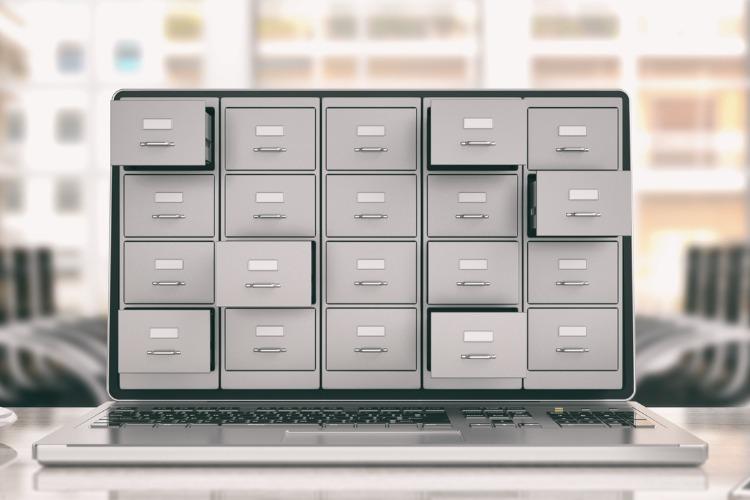Data Governance - Best Practices Organizations Should Prioritize In 2023
Data is the fuel for modern businesses as it eliminates guesswork from decisions and gives better control over outcomes. But you cannot rely on random pieces of information to get the best insights. Moreover, you need to protect sensitive enterprise assets from misuse and loss. Data governance covers both fronts by creating internal policies, standards, and processes to collect, store, access, and dispose of data. More than just implementing a system, you must ensure that it matches the needs of your business. The New Year is the best time to implement data governance or reassess it if already in place. Let us share the best practices organizations should prioritize in this context in 2023 and beyond.
Set realistic objectives
Any strategic initiative can succeed only if you define your goals from the outset, and data governance is no exception. Typically, the strategy aims to bring transparency, integrity, and accountability to a business. Additionally, you may want to achieve goals like facilitating better decision-making and reducing operational friction for your organization. Knowing the goals enables you to pick your priorities and get the expected outcomes.
Establish governance team roles
Data governance is not a one-person job because it requires support from multiple roles. After all, it entails complex tasks such as enforcing policies and maintaining compliance with governmental and internal mandates. You must establish key roles to look after different aspects of the program. For example, the chief officer leads the initiative, while a governance committee sets policies and defines processes. Likewise, data owners maintain its quality and security, and data stewards train employees and enforce policies.
Invest in the essential tools
Another best practice you cannot overlook is to invest in the essential tools and technologies to simplify and streamline the initiative. Typically, your Data Governance toolbox should have solutions for cataloging, threat detection, policy management, and master data management. Having these tools at hand keeps the initiative on track, regardless of the size of your business and the volume of information assets it holds.
Classify and standardize data
Random pieces of information serve no value to a business as you need to dig deep to derive actionable insights from them. You must classify it into categories such as file type and contents to make sense of the insights therein. Standardization across all systems and applications is equally crucial. A standardized format ensures the accuracy and accessibility of data, whichever source it comes from.
Ensure seamless communication
Since data governance affects everyone in the organization, seamless communication is the key to running the program effectively. It enables employees to align, acknowledge challenges, track milestones, and make progress visible. Good communication requires more than just passing information between employees. It is also about using a shared language to explain data terms and uses.
A robust data governance strategy enables companies to make the most of analytics and streamline business processes. But it is easier said than done because organizations hold massive volumes of information. But you can rely on these best practices to run it successfully and get the desired results for your business.

